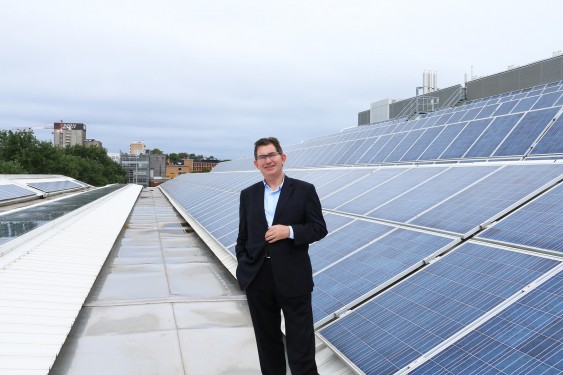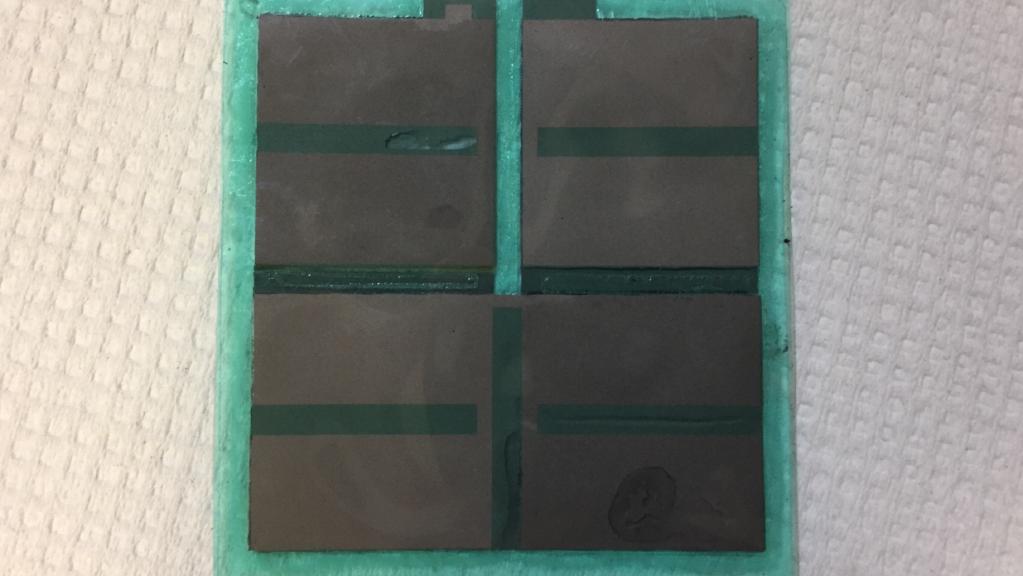UNSW Solar has taken another huge step forward – the University of New South Wales has signed a 15-year corporate PPA (Power Purchase Agreement) with Maoneng Australia and Origin Energy to become 100% solar powered, thanks to Maoneng‘s Sunraysia solar plant.
UNSW Solar
The Sunraysia solar farm, which will be Australia’s biggest solar farm, is planned to commence construction in April or May of this year, at a cost of $275 million. It will generate at least 530,000 megawatt hours of electricity each year, of which UNSW will purchase 124,000 – almost a quarter. They signed an agreement on December 14, 2017, which will run for 15 years. A three year ‘retail firming’ contract was also signed with Origin, as the electricity retailer. This will help manage intermittency of solar production.

UNSW president and vice chancellor Ian Jacobs discussed the partnership with Fairfax, advising that it would comprise a key part of making UNSW’s entire operation energy carbon neutral by 2020.
“Over the past six months, UNSW has collaborated with our contract partners Maoneng and Origin, to develop a Solar PPA model that leads the way in renewable energy procurement and reflects our commitment to global impact outlined in our 2025 strategy,” he said.
Mr Jacobs wouldn’t provide specifics on pricing, but did note that it will be helpful to UNSW in a financial sense:
“It’s a highly competitive agreement financially,” he said.
“The Solar PPA arrangement will allow UNSW to secure carbon emission-free electricity supplies at a cost which is economically and environmentally attractive when compared to fossil fuel-sourced supplies.”
Energy Action, a company who assisted during the tender by with energy market analysis, noted that the PPA would help UNSW have greater clarity on their future electricity spends and not be as vulnerable to electricity price fluctuations:
“This agreement provides UNSW with a direct line of sight over the source of renewables supply, reduced emissions, and greater certainty around prices over the next 15 years,” Energy Action chief executive Ivan Slavich said.
Kelly Davies, Senior Consultant at Norton Rose Fulbright, was quoted on the university press release as saying: “UNSW is a true leader of innovation. The PPA market has been extremely dynamic in the last 12 months and deals like UNSW’s have been critical in driving real change in the way universities and other users procure energy.”
UNSW have also been the recipient of a few solar grants from ARENA over the past years so the idea of them using renewable energy to research and upgrade renewable energy is certainly a palatable one and it’s amazing to see so much energy from the Sunraysia Solar Plant already accounted for!


